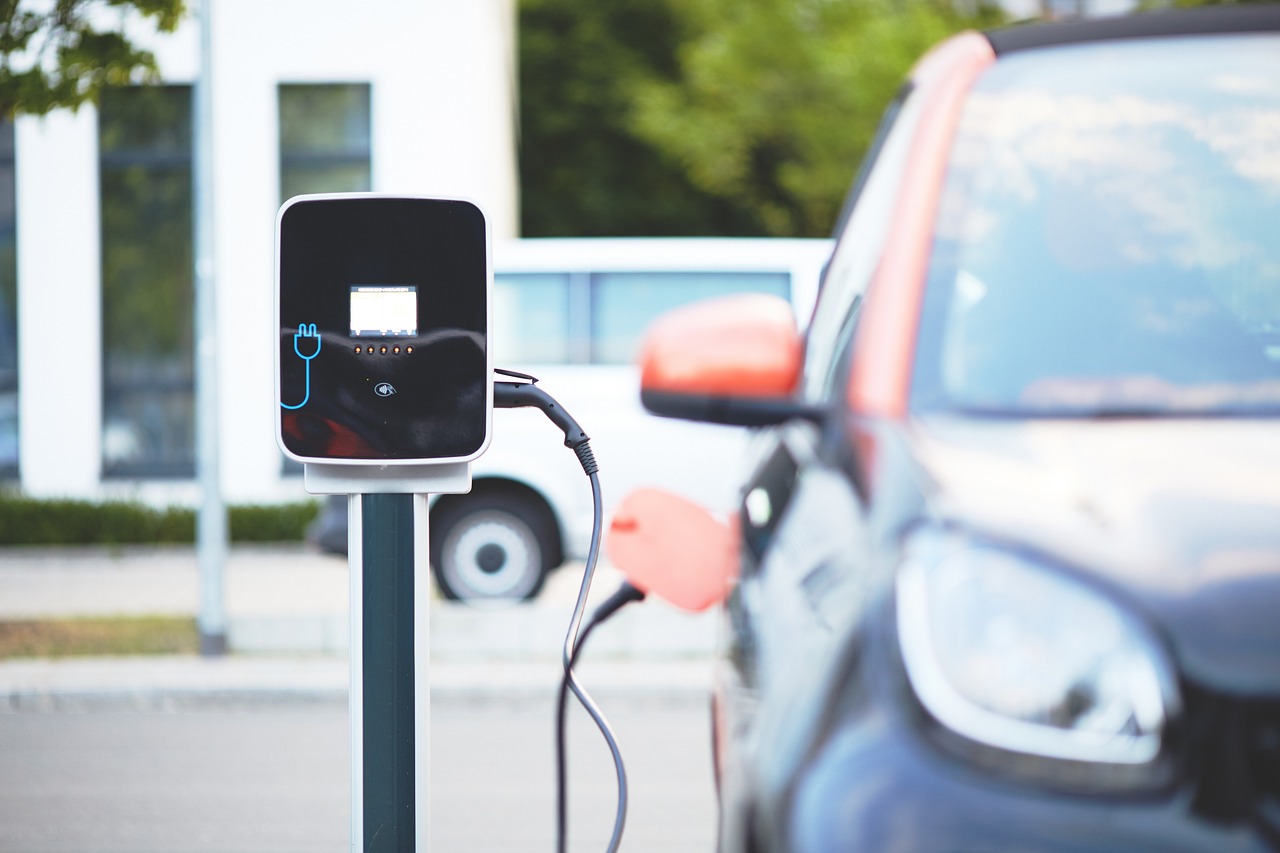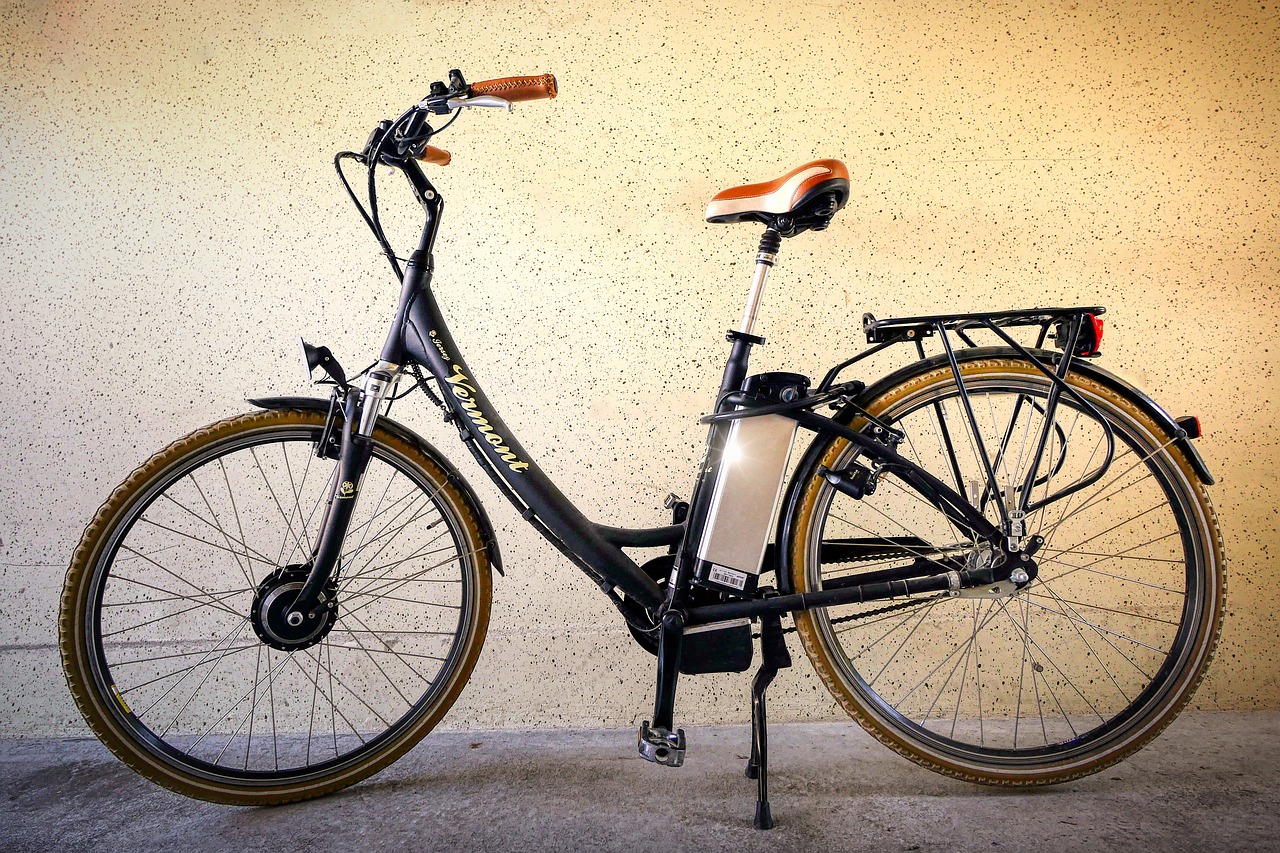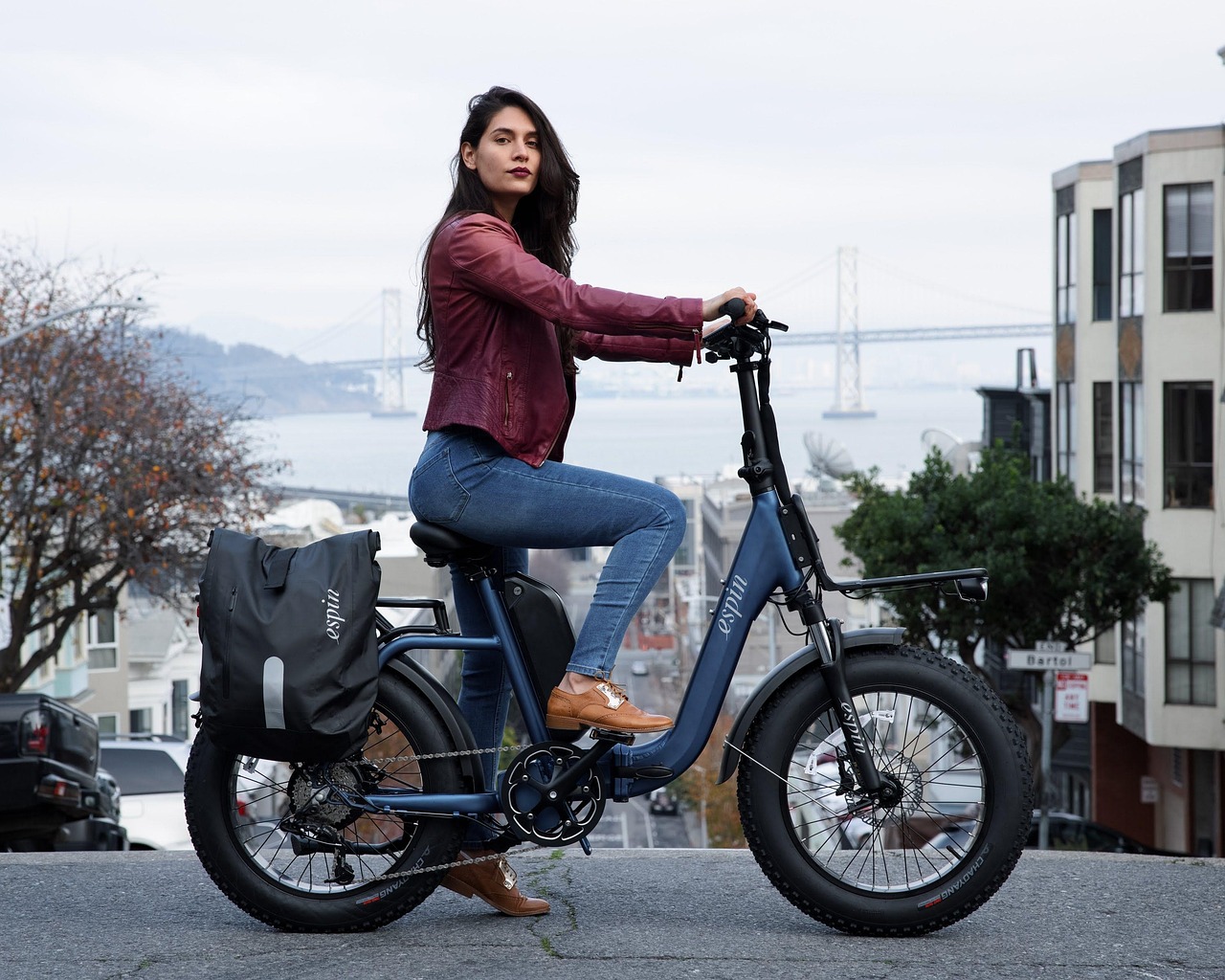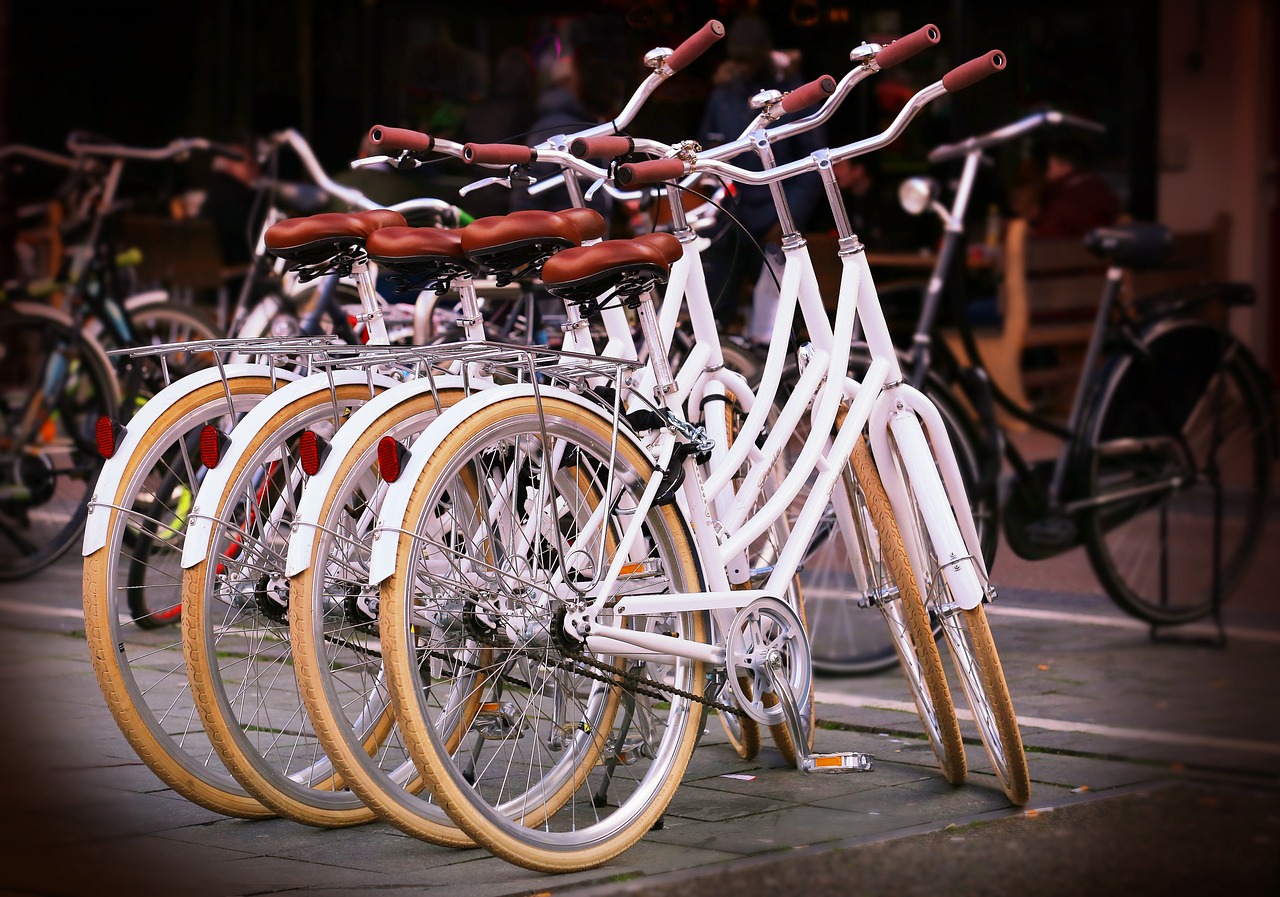Is the Electric Bike Conversion Kit a Good Investment for You?
This article explores the benefits and considerations of electric bike conversion kits, helping you determine if they are a worthy investment for your cycling...
Is a Jetson Electric Bike the Right Choice for You?
This article delves into the features, benefits, and essential considerations of Jetson Electric Bikes, guiding you in determining if these bikes align with your...
How to Use Electric Bikes for Long Distance Travel
This article delves into the benefits, tips, and considerations for utilizing electric bikes for long-distance travel, providing a thorough understanding of how to maximize...
How to Save Money While Buying Your Next Electric Bike
This article delves into effective strategies and tips for saving money when purchasing an electric bike. By following these guidelines, you can make an...
How to Safely Ride an Electric Bike in Busy City Traffic
This article provides essential tips and guidelines for riding an electric bike safely in urban environments, ensuring a secure and enjoyable experience amidst busy...
How to Repair Electric Bikes: Simple Solutions for Common Issues
This article serves as a comprehensive guide for troubleshooting and repairing common issues with electric bikes. Whether you're a seasoned e-bike enthusiast or a...
How to Make Your Electric Bike Go Faster with Simple Upgrades
In this article, we delve into effective upgrades and modifications that can significantly enhance the speed of your electric bike. Whether you are a...
How to Maintain Your Electric Bike’s Battery for Maximum Life
This article provides essential tips and insights on maintaining your electric bike's battery, ensuring longevity and optimal performance for a sustainable riding experience.Understanding Electric...
How to Maintain Your Electric Bike for Longevity and Performance
This article provides essential tips and insights on maintaining your electric bike to ensure its longevity and optimal performance. Covering everything from battery care...
How to Fix Common Issues with Electric Bike Motors
This article provides a comprehensive guide to troubleshooting and repairing common problems encountered with electric bike motors, ensuring a smooth riding experience and optimal...
How to Find the Cheapest Electric Bikes Online in 2025
This article serves as a comprehensive guide to help you locate affordable electric bikes online in 2025. It covers essential factors to consider, tips...
How to Find the Best Electric Tricycle Bike for Extra Stability
This article serves as a comprehensive guide to help you navigate the essential features and considerations necessary for selecting the ideal electric tricycle bike....
How to Find Electric Bike Rentals Near Me for a Weekend Ride
Exploring your surroundings on an electric bike can significantly enhance your weekend adventures. Whether you're planning to ride through scenic trails or navigate urban...
How to Find Electric Bike Rentals Near Me for a Fun Weekend
This article explores effective strategies for locating electric bike rentals in your area, ensuring you have an enjoyable and adventurous weekend experience.Understanding Electric Bike...
How to Find an Electric Bike Repair Shop Near You
This article serves as a comprehensive guide on how to find reliable electric bike repair shops, ensuring that your bike receives the quality maintenance...
How to Find Affordable Electric Dirt Bikes for Sale
This article provides a comprehensive guide on locating affordable electric dirt bikes, covering key factors to consider, popular models, and where to purchase them...
How to Find Affordable Electric Bikes for Adults in 2025
This article delves into effective strategies for finding budget-friendly electric bikes tailored for adults in 2025. The goal is to strike a balance between...
How to Convert a Regular Bike into an Electric Bike: Step-by-Step Guide
This article provides a comprehensive guide on converting a standard bicycle into an electric bike, detailing the necessary components, tools, and steps for a...
How to Choose the Right Electric Bike for Your Needs in 2025
This article serves as a comprehensive guide to selecting the perfect electric bike. It considers various factors such as budget, usage, and features to...
How to Choose the Fastest Electric Dirt Bike for Your Adventures
This article serves as a comprehensive guide to selecting the fastest electric dirt bike, covering essential features, performance metrics, and valuable tips to enhance...
How to Choose the Best Electric Bike for Kids: A Comprehensive Guide
Choosing the right electric bike for your child can be a daunting task, but it is essential for ensuring their safety and enjoyment while...
How to Choose Between Electric Bikes and Electric Scooters
This article delves into the key differences, advantages, and considerations when choosing between electric bikes and electric scooters. Our aim is to help you...
How to Choose an Electric Bike Based on Your Riding Style and Needs
This article provides a comprehensive guide for selecting the perfect electric bike tailored to your unique riding style and specific needs. By understanding the...
How to Buy an Electric Dirt Bike for Adults: The Complete Guide
This comprehensive guide covers everything you need to know about purchasing an electric dirt bike for adults, from key features to consider to the...
How to Buy an Electric Bike on Walmart: Tips and Tricks
This article serves as a comprehensive guide on purchasing an electric bike from Walmart. It includes essential tips, important features to consider, and practical...
























